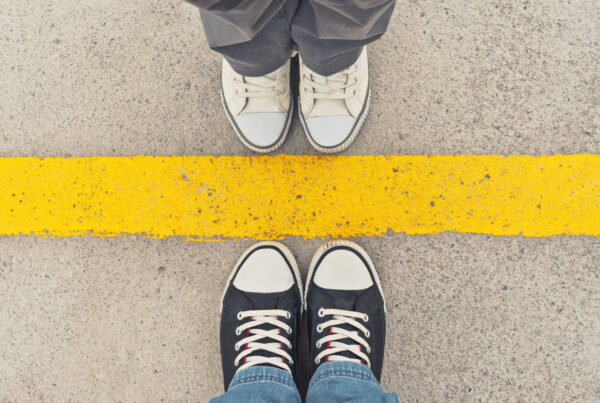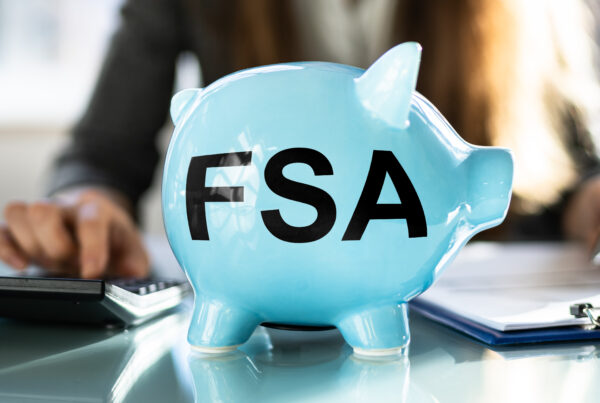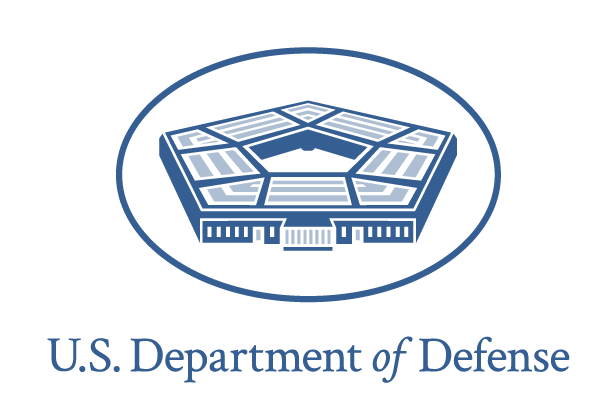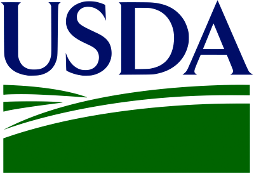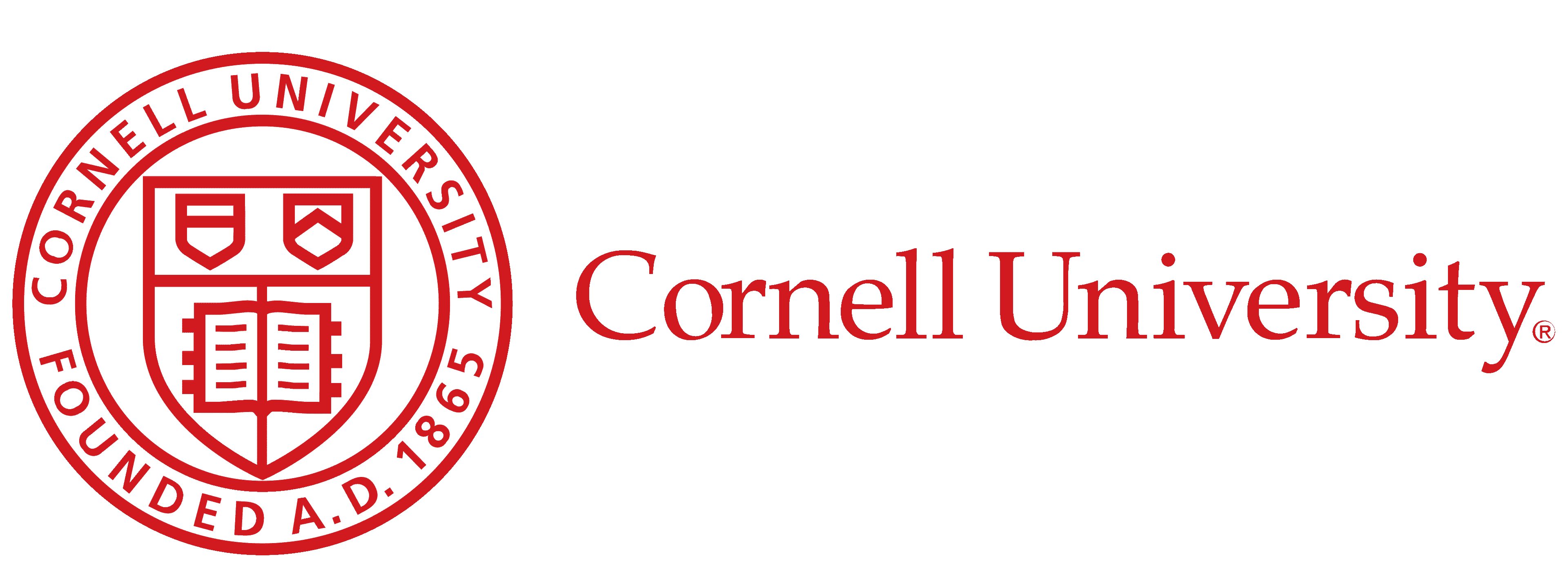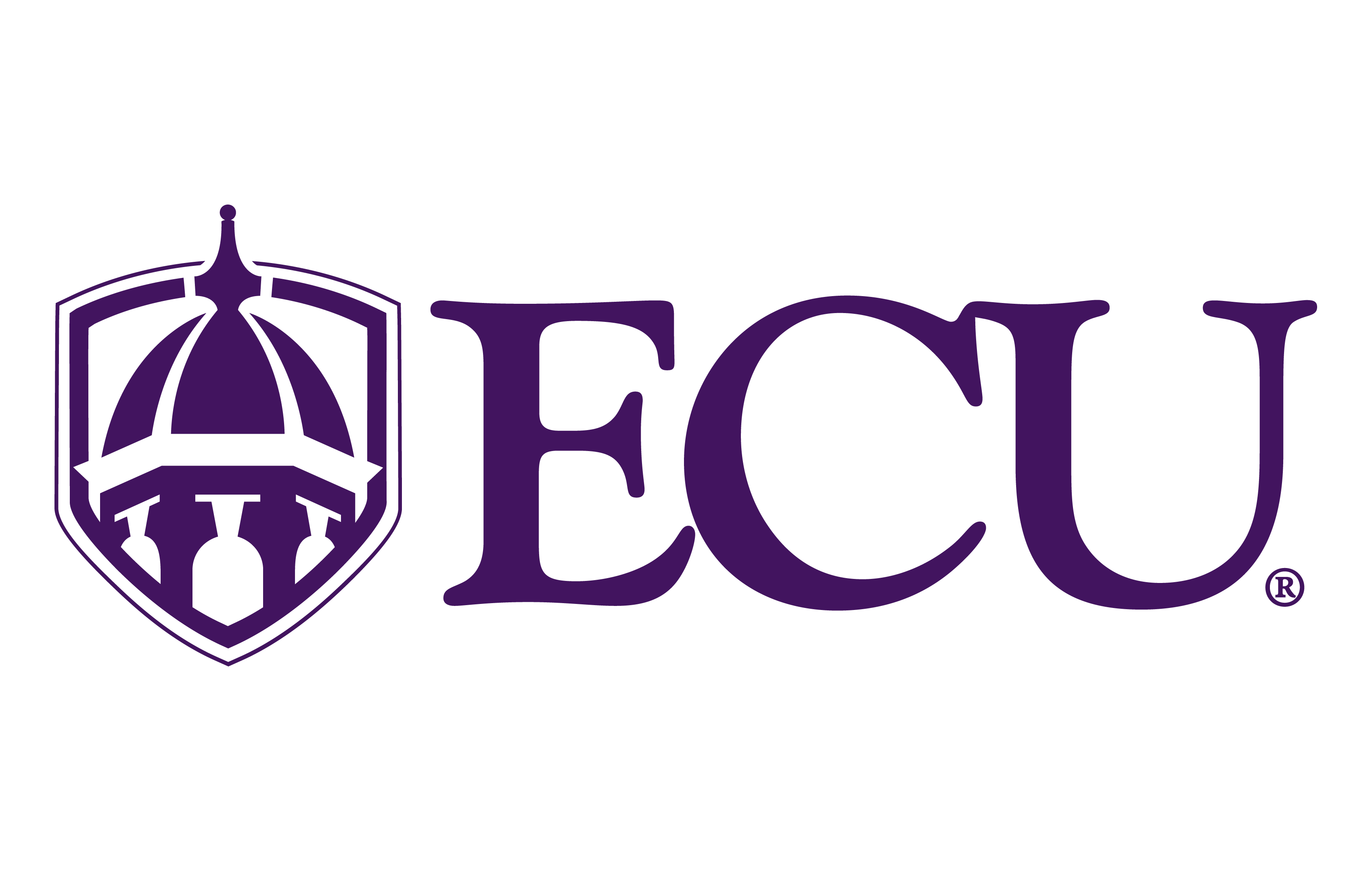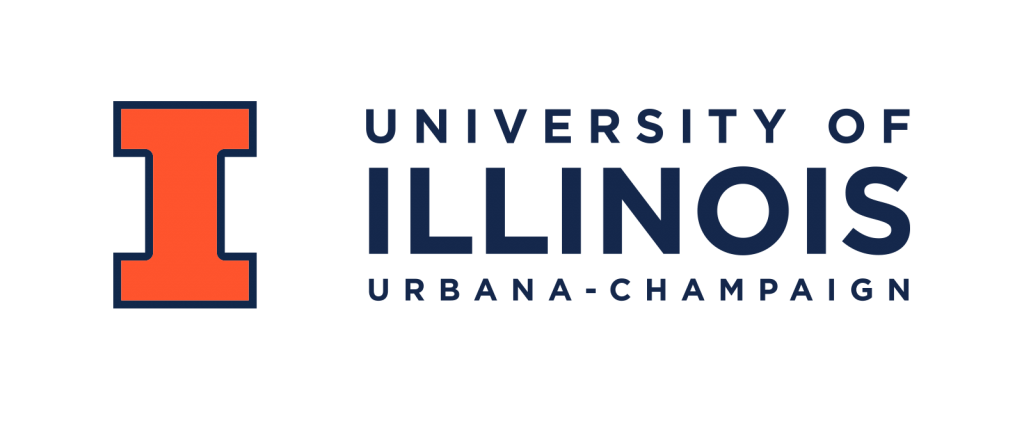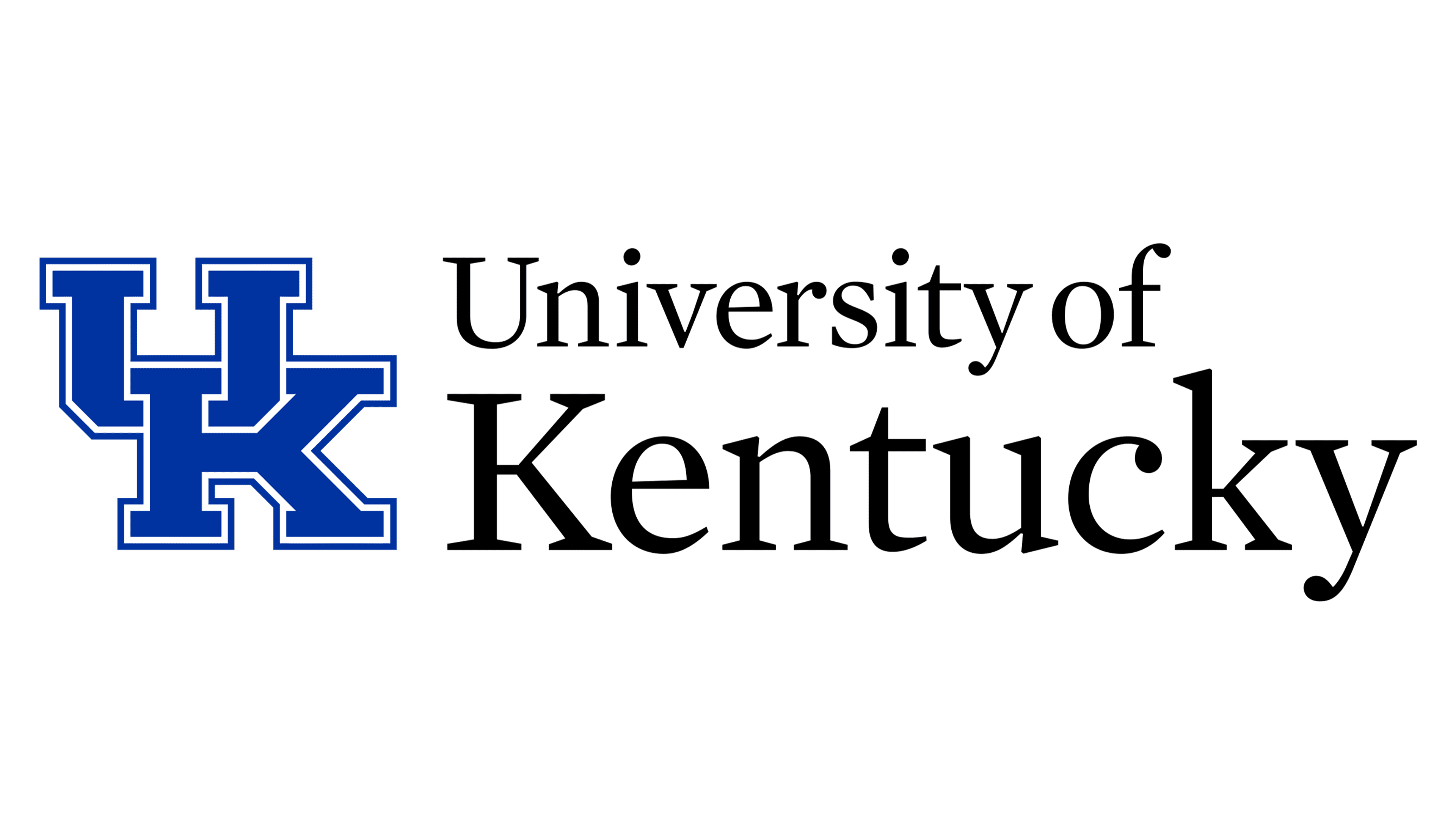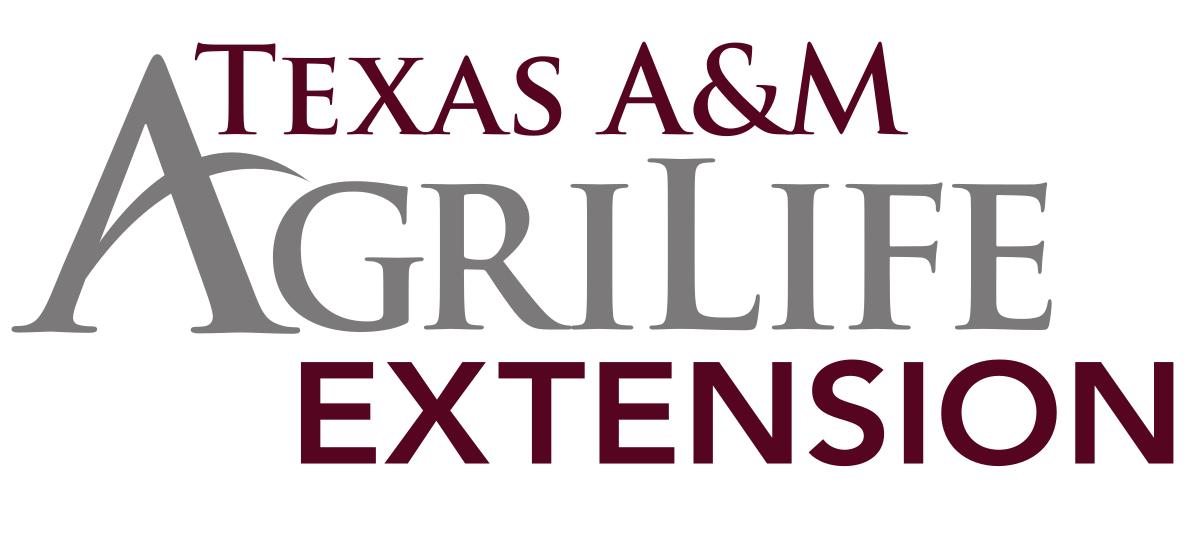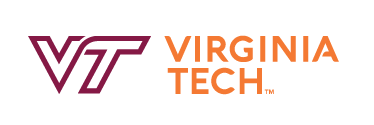By Karen Shirer
Summary
- During times of turbulent change like we’re currently facing, family professionals serving military families need to find safe harbors to ensure their well-being and resilience.
- Safe harbors consist of self-care practices that strengthen positivity and reduce negativity in our lives.
- OneOp provides a variety of resources on self-care and resilience for those who serve military families.
Lake Superior, the largest fresh-water surface lake in the world, lies 110 miles to my north. The lake has a reputation for fierce storms that contain high waves, swells, and winds that have sunk large cargo ships and ore barges. Recall the song, The Wreck of Edmund Fitzgerald (Lightfoot, n.d.). Along the shores of the lake are harbors designated as harbors of refuge that provide safety and protection for vessels from small boats to large ships when storms become too dangerous.
Dr. Kathleen Allen, a leadership expert and author of Leading from the Roots, recently posted a blog post titled The Role of Protective Harbors. She notes that people need safe harbors just as boats and ships do.
Why We Need Safe Harbors
Dr. Allen highlights that we are living in a turbulent world caused by many factors including the ongoing pandemic, domestic political unrest, economic uncertainties, and global armed conflicts. This turbulence has complicated transitions like deployment and permanent change of stations for military families. This disruption thus impacts our work as military family service providers as we support service members and their families through these transitions.
We are relieved that the pandemic has abated, but are now faced with recovery at the same time that other uncertainties remain (i.e., political, economic, and armed conflict challenges). The pandemic has caused both positive and adverse effects on our organizations and the audiences we serve. How do we enhance the positive and reduce the negative?
Many of us are discovering that we are unable to return to our life and work as it was pre-pandemic. Dr. Allen describes this as the messy middle between the old and the new. We vacillate between discouragement at what we are seeing and hopefulness when receiving good news or progress.
To remain steadfast and resilient, we need safe and protective harbors where we can re-center ourselves. This is especially true now because the required recovery work will likely be very difficult and exhausting but very important for our future.
Our safe harbors build resilience as they help us to be present with what we don’t yet fully understand and to be hopeful about a better future.
My Safe Harbors
Safe harbors are unique to individuals, and likely each of us will have more than one harbor we return to recharge and renew ourselves. Here are a few of mine to get you thinking about your safe harbors:
- Walking outside daily, no matter what the weather, in whatever bits of nature I can find; the natural world both grounds and inspires me.
- Pursuing my love of textile crafts with sewing, knitting, and spinning yarn. I love the feel of fiber, yarn, and fabric, and the potential it holds. Even when projects do not meet my expectations, I am satisfied with completing an object and the lessons learned.
- Spending time with my family, especially my partner and my grandchildren, who are the reasons I persist.
- Working with the OneOp Family Transition Team. I am encouraged by our shared commitment to strengthening military families and those who work with them.
What Are Your Safe Harbors?
As a military family service provider, we encourage you to pause to identify your safe and protective harbors. These harbors include practices, rituals, places, and people. It includes the purposeful steps that you take to protect and enhance your well-being and resilience.
Self-care became a popular term during the pandemic; it is another way to think about our safe and protective harbors. The Oxford Dictionary defines self-care as the act of caring for yourself, for example by eating and sleeping well, taking exercise, and getting help so that you do not become ill.
Here are three OneOp resources to support your self-care:
- Need to Refuel? Tools for Self-Care & Resilience. A recorded webinar exploring strategies to help build resilience and take better care of ourselves. Continuing Education credits are available.
- Adverse Childhood Experiences | Self-Care. A short video on practical ways to give yourself self-care.
- Feeling Depleted? Ways to Self-Assess & Refuel. An article on steps for building a self-care plan.
Calls to Action
- Share this blog post with colleagues, friends, and families who could benefit from the information.
- Provide resources on safe and safe harbors self-care to the military families with which you work. Here are three articles from MilitaryOneSource to share:
- Check in often with the military families and communities that you work with to see how they are doing – ask questions, and create conversation.
- Remember self-care is putting on your oxygen mask first. Take time to identify your safe and protective harbors.
References
Allen, K. (2022, July 22). The Role of Protective Harbors [Blog Post].
Family Advisory Board.. (2019, July). Self-care is Putting YOUR Oxygen Mask First.
Lightfoot, G. (N.d.). The Wreck of Edmund Fitzgerald [Video]. YouTube. https://www.youtube.com/watch?v=PH0K6ojmGZA
Self-care. (2022). In Oxford Learners Dictionary. Oxford University Press. https://www.oxfordlearnersdictionaries.com/us/definition/english/self-care
Writers Biography
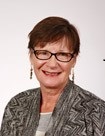 Karen Shirer, previous Associate Dean of the University of Minnesota Extension Center for Family Development. Karen is also the parent of two adult daughters, a grandmother, a spouse, and a cancer survivor.
Karen Shirer, previous Associate Dean of the University of Minnesota Extension Center for Family Development. Karen is also the parent of two adult daughters, a grandmother, a spouse, and a cancer survivor.


